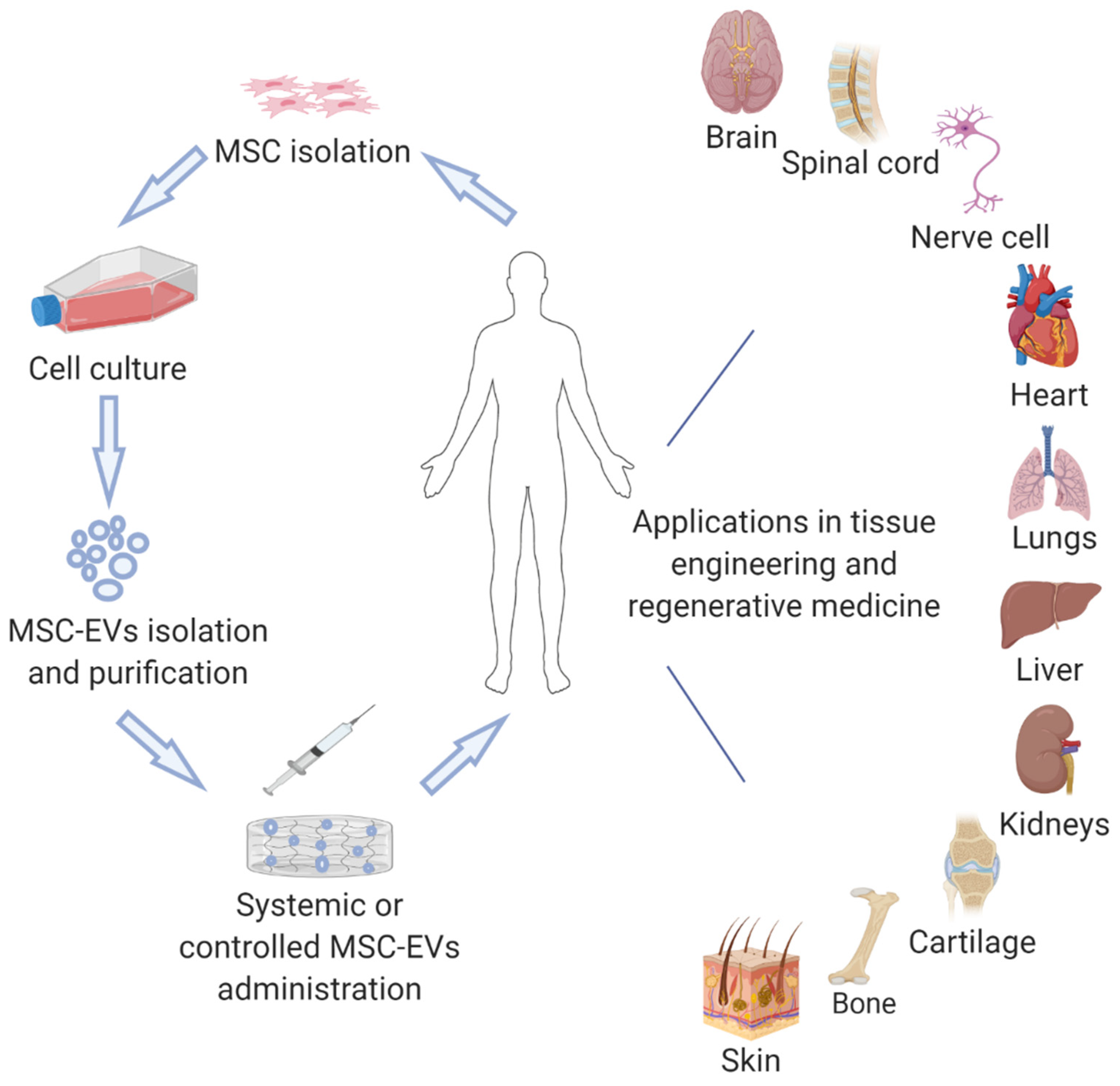Table of Contents

[/image][=video]
[/video]
There are numerous kinds of stem cells. In general, the term stem cell refers to a group of cells that provide rise to other cells (like skin, blood, heart, and muscle cells) by duplicating and separating in reaction to chemical signs. Totipotent stem cells show up at the earliest phase of development and are the only stem cells which can create beginning stem cells and the placenta.
Bone marrow transplant (BMT) is an unique treatment for patients with certain cancers or various other diseases. A bone marrow transplant includes taking cells that are usually discovered in the bone marrow (stem cells), filtering system those cells, and giving them back either to the donor (person) or to one more person. The objective of BMT is to transfuse healthy and balanced bone marrow cells right into an individual after his or her very own harmful bone marrow has been treated to kill the irregular cells.
Bone marrow is the soft, squishy tissue found inside bones. It is where the majority of the body's blood cells develop and are saved. The blood cells that make other blood cells are called stem cells. One of the most primitive of the stem cells is called the pluripotent stem cell. This is different than other blood cells when it come to the following homes: It is able to replicate one more cell the same to itself.
It is the stem cells that are required in bone marrow transplant. The objective of a bone marrow transplant is to cure several illness and sorts of cancer. When the dosages of radiation treatment or radiation required to heal a cancer are so high that a person's bone marrow stem cells will be permanently damaged or damaged by the therapy, a bone marrow transplant might be needed.
Hormone Therapy servicing Marquette
This process is usually called rescue. Change bone marrow with genetically healthy and balanced functioning bone marrow to avoid even more damages from a genetic disease process (such as Hurler's disorder and adrenoleukodystrophy). The threats and advantages should be weighed in a complete conversation with your medical care carrier and experts in bone marrow transplants prior to the treatment.
There are different kinds of bone marrow transplants depending upon that the contributor is. The different sorts of BMT consist of the following: The contributor is the client himself or herself. Stem cells are drawn from the individual either by bone marrow harvest or apheresis (a process of accumulating outer blood stem cells), icy, and afterwards repaid to the individual after extensive treatment.
The donor shares the very same genetic kind as the client. Stem cells are taken either by bone marrow harvest or apheresis from a genetically matched contributor, typically a sibling or sister. Various other contributors for allogeneic bone marrow transplants might include the following: A haploid-identical match is when the benefactor is a moms and dad and the genetic match goes to the very least half similar to the recipient.

Matching involves keying human leukocyte antigen (HLA) cells. The antigens externally of these special leukocyte establish the hereditary make-up of an individual's immune system. There are at least 100 HLA antigens; nonetheless, it is thought that there are a couple of significant antigens that identify whether a benefactor and recipient match.
Clinical study is still examining the duty all antigens play in the process of a bone marrow transplant. The even more antigens that match, the much better the engraftment of contributed marrow. Engraftment of the stem cells occurs when the given away cells make their means to the marrow and begin making new members cells.
Menopause Treatment in Marquette
All individuals collaborate to offer the finest possibility for a successful transplant. The group includes the following: Health care companies that specialize in oncology, hematology, immunology, and bone marrow hair transplant. A nurse that arranges all elements of care given before and after the transplant. The nurse coordinator will certainly provide individual education, and coordinates the analysis testing and follow-up care.
Professionals that will assist you satisfy your nutritional demands prior to and after the transplant. They will function closely with you and your household. Experts who will aid you come to be strong and independent with activity and endurance after the transplant. Pastors who give spiritual treatment and assistance. A number of other group members will certainly review you before transplantation and will certainly provide follow-up treatment as needed.

A total case history and physical examination are carried out, including numerous tests to assess the individual's blood and organ features (as an example, heart, kidney, liver, and lungs). A patient will typically come into the transplant center approximately 10 days before transplant for hydration, evaluation, positioning of the main venous line, and various other preparations.
For an allogeneic transplant, a suitable (tissue typed and matched) donor has to be readily available. Volunteer marrow donors are registered in several national and worldwide windows registries.
Contributor sources offered include: self, brother or sister, moms and dad or family member, nonrelated person, or umbilical cord from an associated or nonrelated individual. There are national and global computer system registries for nonrelated individuals and cord blood.
Stem Cell Therapy servicing Marquette, Michigan
Tests associated with his/her health and wellness, direct exposure to infections, and genetic evaluation will certainly be done to determine the degree of the suit. The contributor will be offered directions on how a bone marrow donation will certainly be made. Once a match for a patient needing a bone marrow transplant is located, then stem cells will certainly be accumulated either by a bone marrow harvest.
Or by an outer blood stem cell collection. This is where stem cells are gathered from the flowing cells in the blood.
Navigation
Latest Posts
Stem Cell Therapy in Marquette, Michigan
Hormone Therapy around Marquette, Michigan
Menopause Therapy